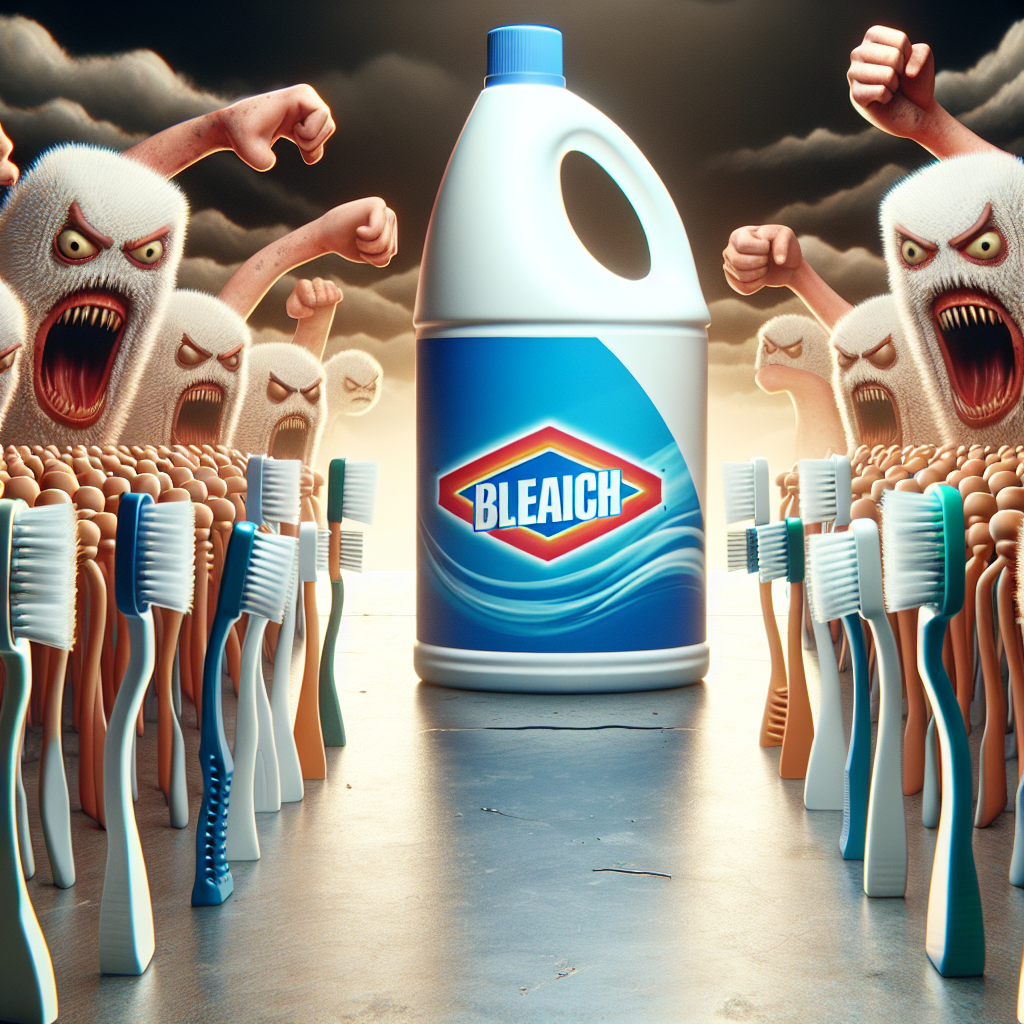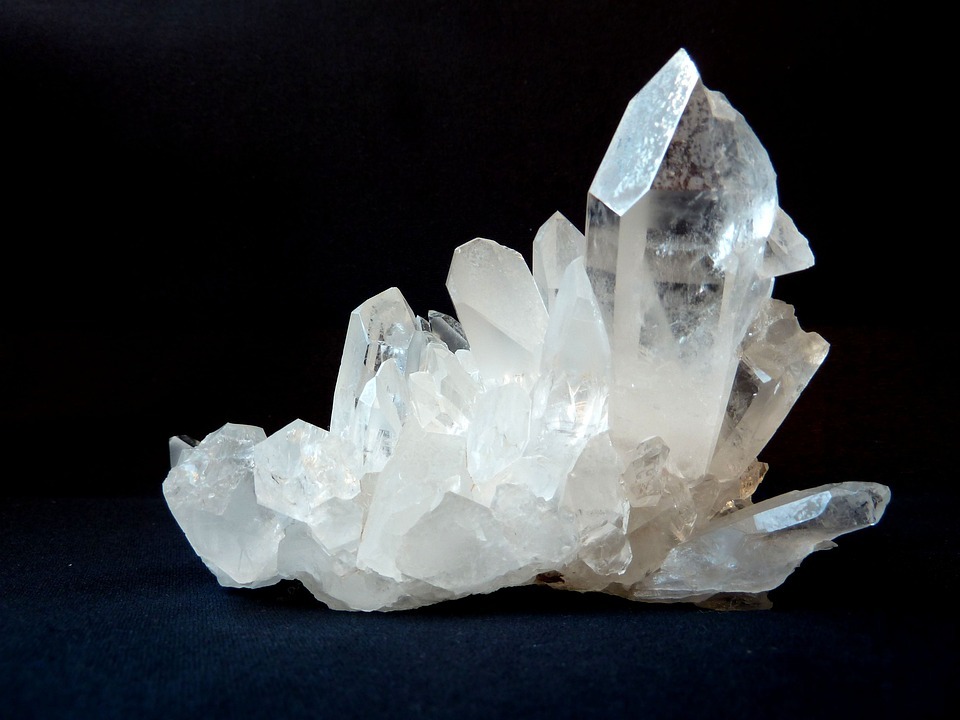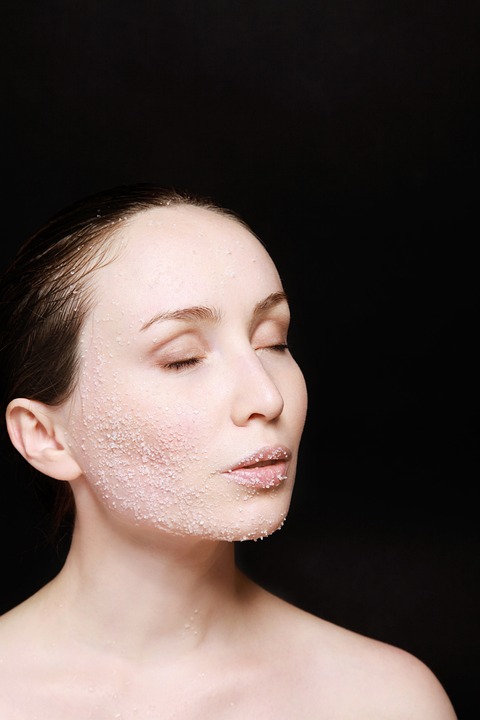When it comes to nail fungus, there seems to be as many treatments as there are species of the pesky fungi itself. One of the least expected but highly effective methods that has emerged in recent years is the application of a household item – bleach. This antiseptic has an entirely different approach when it comes to tackling nail fungus, truly revolutionizing the fight against the stubborn and unsightly condition. This article will take an in-depth look at bleach battles, a revolutionary approach to conquering nail fungus and provide five practical tips for its application.
First, it’s crucial to understand the enemy we’re fighting. Nail fungus, also known as onychomycosis, is a common condition that begins as a white or yellow spot under the tip of your fingernail or toenail. Over time the infection goes deeper and causes discoloration, thickening, and crumbling at the edges of the nails. The condition can be somewhat painful and extremely resilient.
Now, onto our unexpected weapon – bleach. A common disinfectant found in most households, bleach is highly effective in killing a wide range of microbes, including fungi. The idea of using bleach as a treatment for nail fungus primarily arises from its antifungal properties. Believe it or not, a carefully administered bleach regimen shows promising results.
Here are five tips to engage in a successful bleach battle against nail fungus:
1. Prepare a Bleach Solution: Never apply undiluted bleach directly to the skin or nails. Create a diluted solution using one part of bleach to ten parts of water. Stir until it is fully mixed.
2. Pre-Soak Your Feet: Before applying bleach, soak your feet in warm water for about 10 minutes. This will help to soften the nails and skin, allowing the bleach solution to penetrate better.
3. Apply the Bleach Solution: After preparing your nails, apply the bleach solution. This could be by soaking your nails in the solution or applying it using a cotton swab. Make sure to completely cover the infected nails and the surrounding areas.
4. Adhere to a Regular Regimen: For the best results, you need to adhere to a regular regimen. This needs to be done daily for a minimum of a few weeks, or until you start noticing improvements.
5. Give the Nails Sunshine: As much as possible, expose your nails to the sun after a bleach treatment. It may sound strange but like many fungi, nail fungus prefers dark, damp places. Sunlight can help kill off the fungus and speed up the healing process.
While this sounds promising, the use of bleach for nail fungus treatment should not be taken lightly. Here are some essential facts you need to consider:
– Bleach is caustic, and could cause chemical burns when not used properly.
– Regular use can cause permanent skin color changes.
– Overuse can lead to skin drying and cracking, opening avenues for other infections.
– It is not recommended for those with sensitive skin or existing skin conditions.
– Bleach cannot reach fungi buried deep within the nail or underneath it.
– Medical professionals typically do not endorse this method as the risks often outweigh the benefits.
As revolutionary as the bleach approach sounds, it isn’t a one-size-fits-all solution for nail fungus. Always consult a healthcare professional before undertaking a treatment regime like this. The use of bleach for such purposes must be approached responsibly, with a commitment to safeness and mindfulness. Also, consider combining this approach with other treatments for a comprehensive fight against nail fungus.
The fight against nail fungus is a tough one, but with new approaches, innovative methods, and a determined mind (possibly armed with a bleach solution), conquering nail fungus could be closer than we previously imagined.







